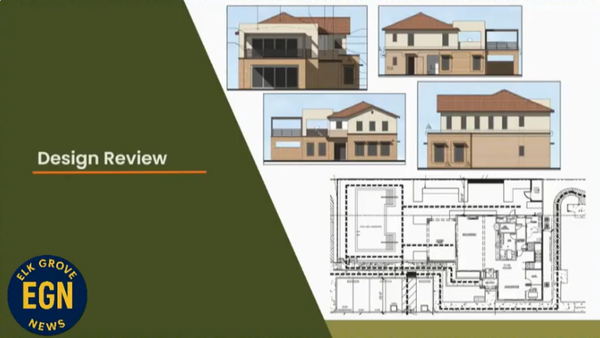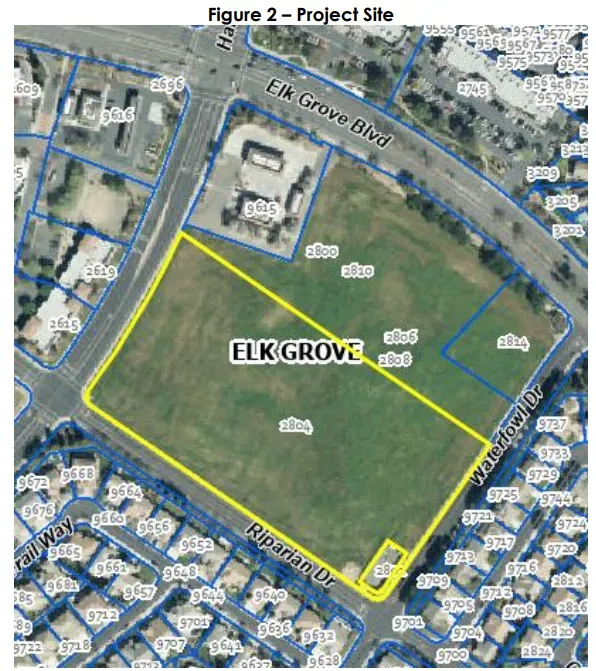All Aboard! The Elk Grove City Council is on a New Track and It’s Gonna Cost Us
Now we hear the Elk Grove City Council beating the drums and holding public workshops to extend light rail and rapid bus into the city

Now we hear the Elk Grove City Council beating the drums and holding public workshops to extend light rail and rapid bus into the city


Before Proposition 50 was approved, there was one declared Republican in the 6th District

This is the planning commission's second to last meeting of 2025.

The general public can take cold comfort in one aspect of Elk Grove's 2025 homicides.

The project by Samos Enterprises, LLC would redevelop a vacant 7.5-acre parcel in the Laguna West area into three-story townhomes